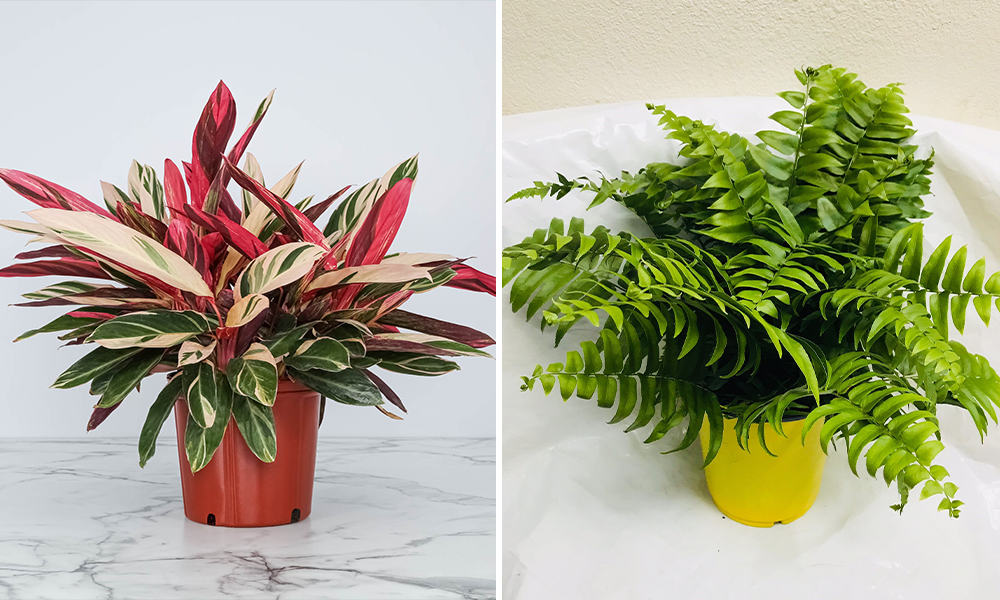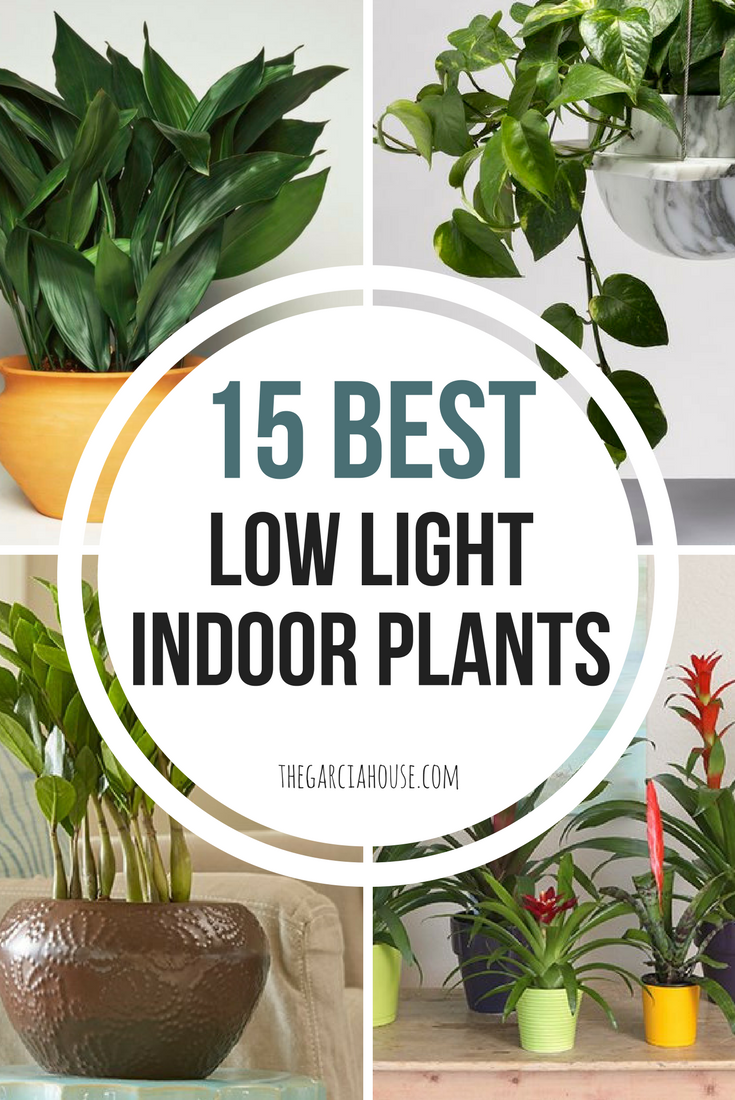The Best Low-Light Indoor Plants to Improve Your Home’s Air Quality
The Best Low-Light Indoor Plants to Improve Your Home’s Air Quality
Blog Article
Discover the very best Low-Light Indoor Plants for Enhancing Your Home Design
Integrating low-light interior plants right into your home decor can dramatically improve both aesthetic appeals and environment, particularly in areas that do not have abundant natural light. Ranges such as the Snake Plant and ZZ Plant not only bring life to dim corners yet additionally add to improved air quality and overall well-being. Comprehending the one-of-a-kind features and treatment demands of these plants can cause a more harmonious living setting. As we explore the top choices and their creative applications, one might question exactly how these choices can transform your room right into a prospering sanctuary.

Why Select Low-Light Plants
Why opt for low-light plants in your interior rooms? The modern living setting commonly provides difficulties such as restricted all-natural light, making it challenging for traditional houseplants to grow. Low-light plants are particularly adjusted to flourish and make it through in these problems, providing a viable option for individuals seeking to improve their interior rooms without the included stress of preserving more light-demanding flora.
In addition to their durability, low-light plants add significantly to the looks of a room. Their diverse range of shades, shapes, and dimensions enables one-of-a-kind interior decoration chances, producing inviting and vibrant ambiences. Indoor plants are known for their air-purifying high qualities, enhancing interior air top quality by filtering toxins and releasing oxygen, which can boost total health.
Low-light plants also need very little maintenance, making them especially attracting active people or those new to horticulture. Their flexibility permits positioning in different settings, from workplace to poorly lit edges of the home. By choosing low-light plants, you can take pleasure in the benefits of greenery without the restraints that often accompany conventional gardening, ultimately fostering a healthier and extra visually appealing interior atmosphere.
Top Low-Light Indoor Plants
For those looking for to improve their interior areas with greenery that grows in low-light problems, numerous plant options stand apart for their strength and visual appeal. The Serpent Plant (Sansevieria trifasciata) is a preferred selection, understood for its upright, sword-like fallen leaves and capacity to endure overlook. This durable plant can make it through in dimly lit areas while boosting indoor air quality.
An additional superb choice is the Pothos (Epipremnum aureum), defined by its heart-shaped leaves and tracking creeping plants. Pothos is not only adaptable to low light yet also offers a striking aesthetic contrast when put on shelves or hanging baskets.
The ZZ Plant (Zamioculcas zamiifolia) is just as outstanding, boasting glossy, dark environment-friendly fallen leaves that can cheer up any kind of corner. Its drought resistance makes it optimal for busy house owners.
Care Tips for Low-Light Plants
Exactly how can you make certain that your low-light indoor plants flourish in spite of minimal sunlight? First, choose the ideal potting mix that provides great drainage while keeping wetness. A well-aerated soil, such as a blend of potting soil and perlite, can aid avoid root rot.
Watering is vital; low-light plants normally call for much less frequent watering contrasted to their sun-loving equivalents. Constantly examine the top inch of the dirt-- if it feels dry, it's time to water. Be careful of overwatering, as this can lead to fungal issues and root decay.
Fertilizing site low-light plants must be done sparingly - Best low-light indoor plants. Utilize a well balanced, water-soluble plant food throughout the expanding season, however remove or reduce fertilization in the inactive months
In addition, dirt can gather on fallen leaves, preventing photosynthesis. Delicately wipe the fallen leaves with a moist fabric to keep them clean.
Lastly, observe your plants closely. Signs of distress, such as yellowing leaves or leggy development, can suggest that your plant needs modifications in care (Best low-light indoor plants). By following these treatment ideas, your low-light interior plants can flourish, adding charm and vitality to your home
Creative Ways to Present Plants
Boosting the aesthetic appeal of your indoor space can be attained by thoughtfully presenting your low-light plants in creative ways. Take into consideration utilizing vertical area to your i thought about this benefit; wall-mounted shelves can showcase trailing plants like pothos or philodendron, including lushness while conserving floor space. Conversely, use plant stands of varying heights to create visual passion and deepness, drawing the eye upwards.
Hanging planters are one more exceptional option, supplying a remarkable effect when put on hold from the ceiling or hooks. Macramé hangers can introduce appearance and bohemian flair, while modern ceramic hangers can match a minimalist visual. For a more innovative technique, repurpose one-of-a-kind containers such as vintage teacups or glass jars, which can add individuality to your display.
Organizing plants in clusters is also efficient; usage varying pot sizes and colors to create a natural appearance. This method not only boosts aesthetic effect yet additionally supplies an all-natural environment feel - Best low-light indoor plants. Lastly, think about positioning plants near light sources like lamps or windows to maximize their development and display their vibrant foliage, thus improving the general atmosphere of your interior setting.
Benefits of Indoor Plant
Numerous research studies have shown that including interior greenery right into your home uses a wide range of advantages, improving both physical and psychological wellness. Among the most substantial benefits of indoor plants is their capacity to enhance air top quality. Plants take in co2 and release oxygen, producing a much healthier environment while additionally straining damaging toxins, therefore advertising respiratory health.
In addition, the presence of greenery has actually been linked to lowered tension levels. Research study shows that communicating with plants can reduce cortisol levels, which are related to tension. This soothing effect can bring about improved mood and enhanced performance, making indoor plants an excellent addition to offices.
Furthermore, indoor greenery can improve cognitive function. Research studies recommend that atmospheres improved with plants can cause enhanced focus, imagination, and total psychological clearness. The visual charm of indoor plants also adds to a much more inviting and enjoyable atmosphere, favorably affecting social communications and general satisfaction within a room.
Verdict

Incorporating low-light indoor plants read review right into your home decoration can considerably boost both appearances and environment, particularly in rooms that do not have abundant all-natural light. Varieties such as the Snake Plant and ZZ Plant not just bring life to lower corners yet also contribute to enhanced air quality and total wellness. Indoor plants are understood for their air-purifying qualities, improving indoor air high quality by launching and filtering system toxins oxygen, which can improve total health.
For those seeking to boost their interior rooms with plant that thrives in low-light problems, a number of plant choices stand out for their durability and visual charm. These resilient plants, such as the Snake Plant and ZZ Plant, grow in dim problems and need minimal upkeep, making them ideal for numerous lifestyles.
Report this page